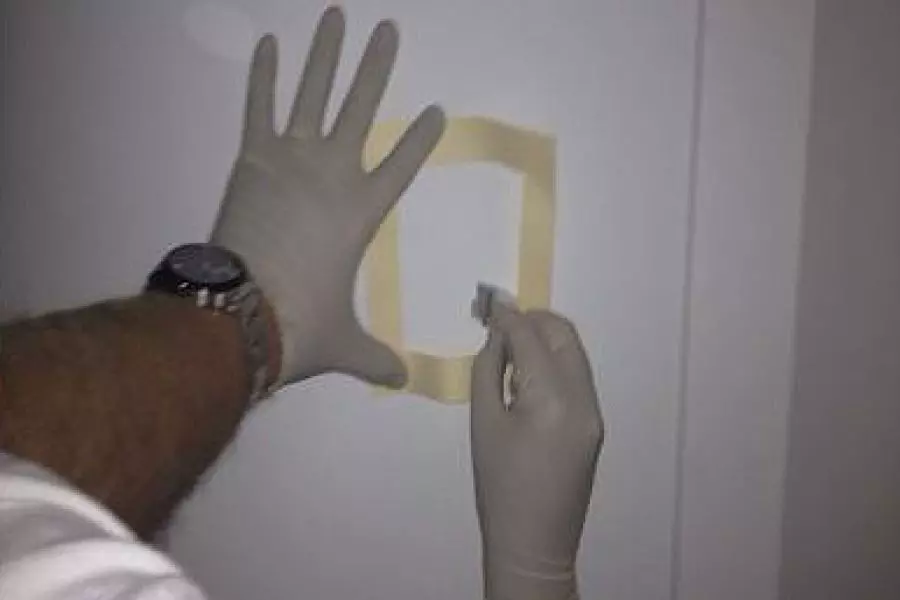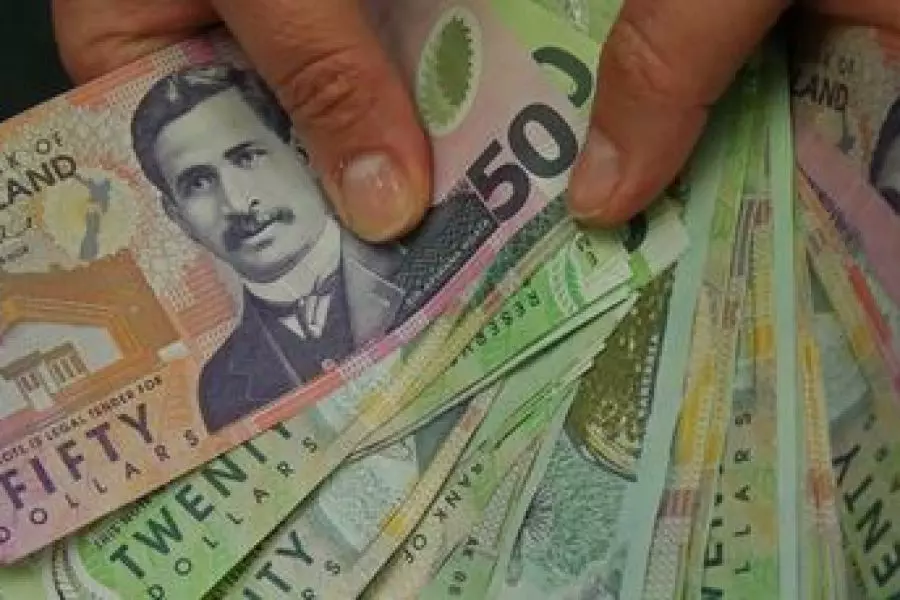
News
Methamphetamine: Landlords call for more clarity

Thursday 30th of September 2021
These feelings were made loud and clear in a REINZ survey of property managers.
They want one fixed methamphetamine standard that is ruled on consistently and a set of rules that relate specifically to residential tenancies to provide clarity to both landlords and property managers.
The industry is still waiting on a full review of methamphetamine safety levels within the meth-t...
Want to read the full article?
Click the button below to subscribe and will have unlimited access to full article and all other articles on the site.





![[The Wrap] Bye Bye Bayly](https://goodreturns.publit.io/file/c_fill,w_900,h_600/39f23ac1-f7c7-4854-b700-a150004ebbac.webp)


